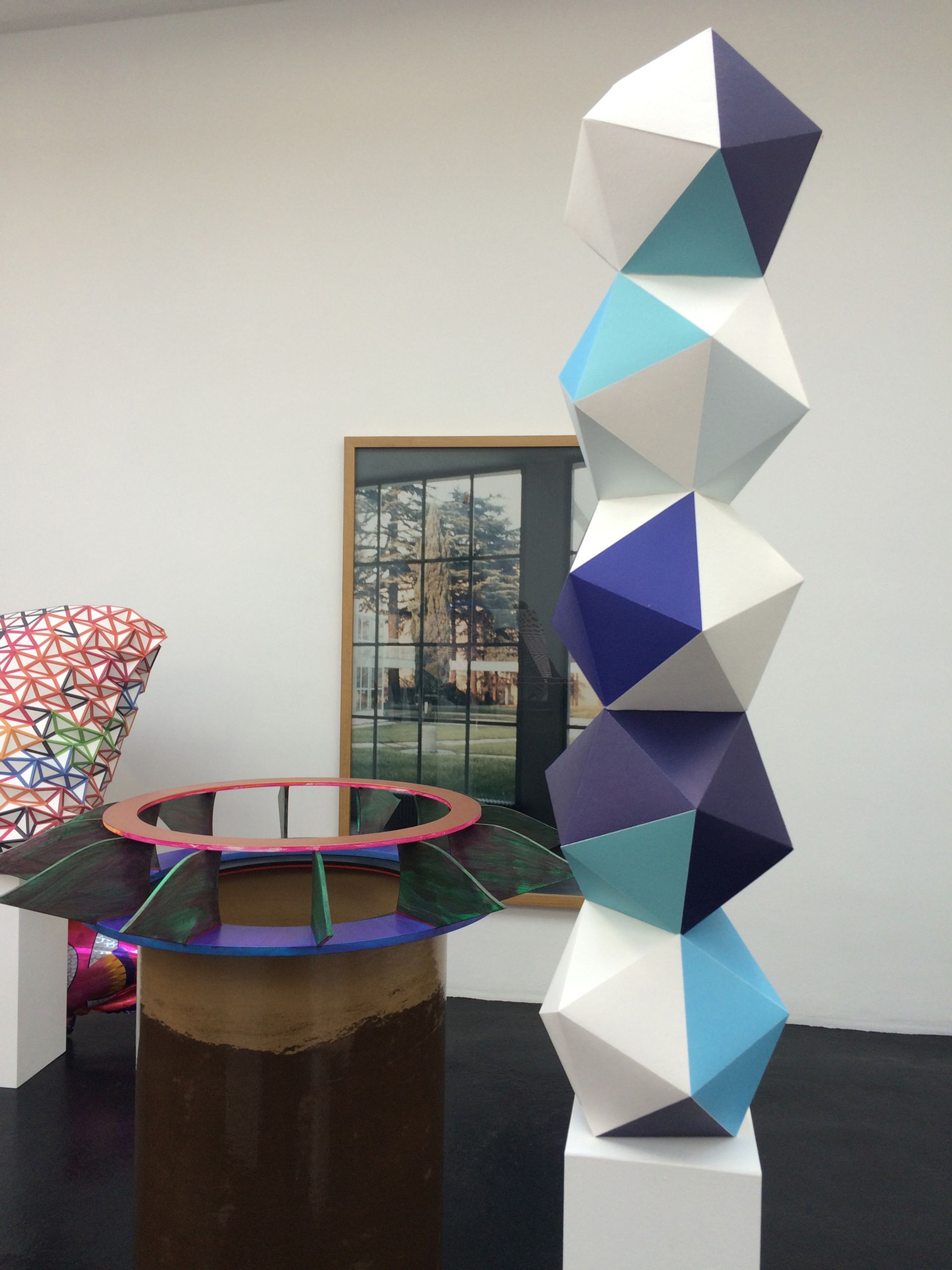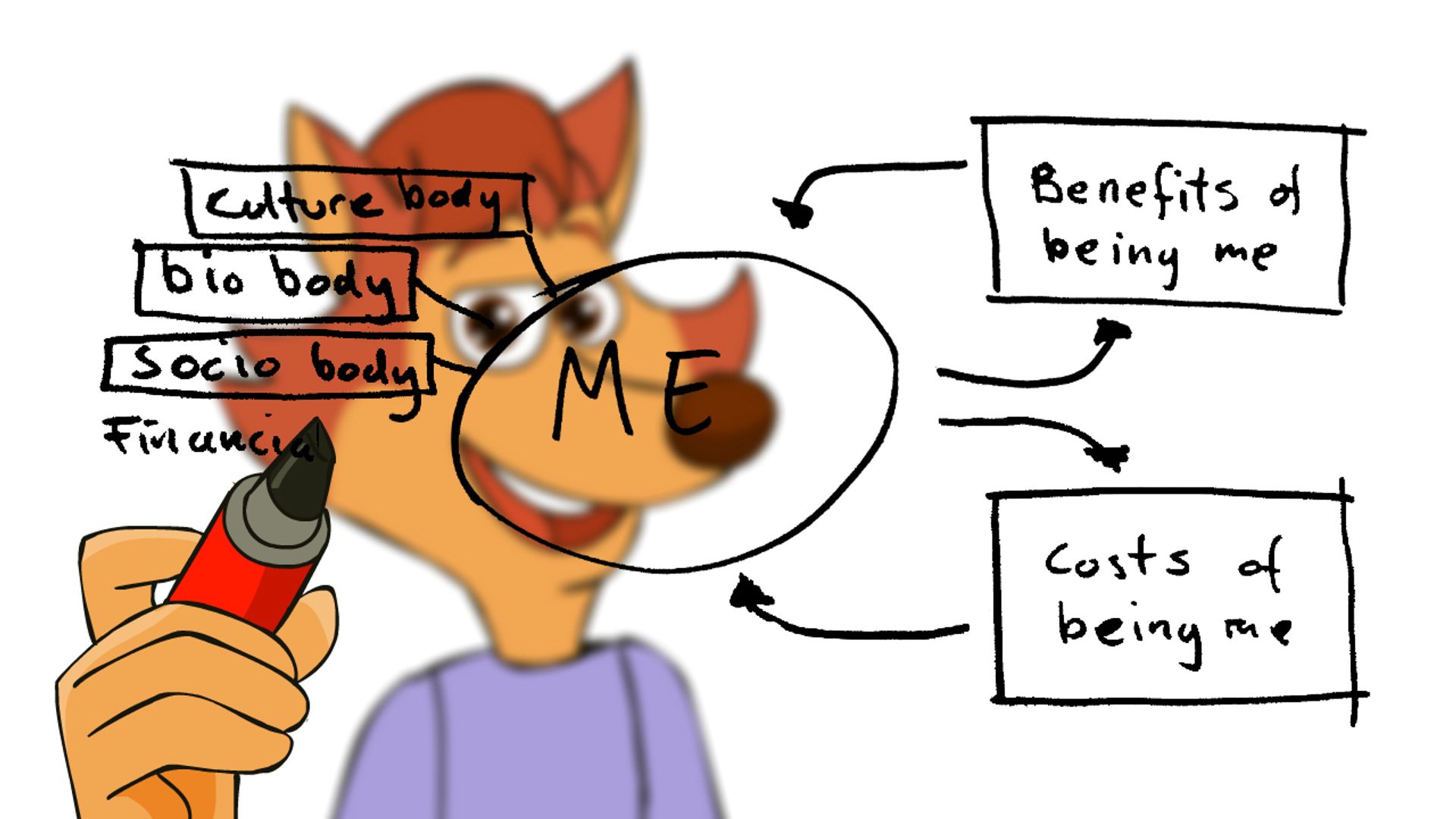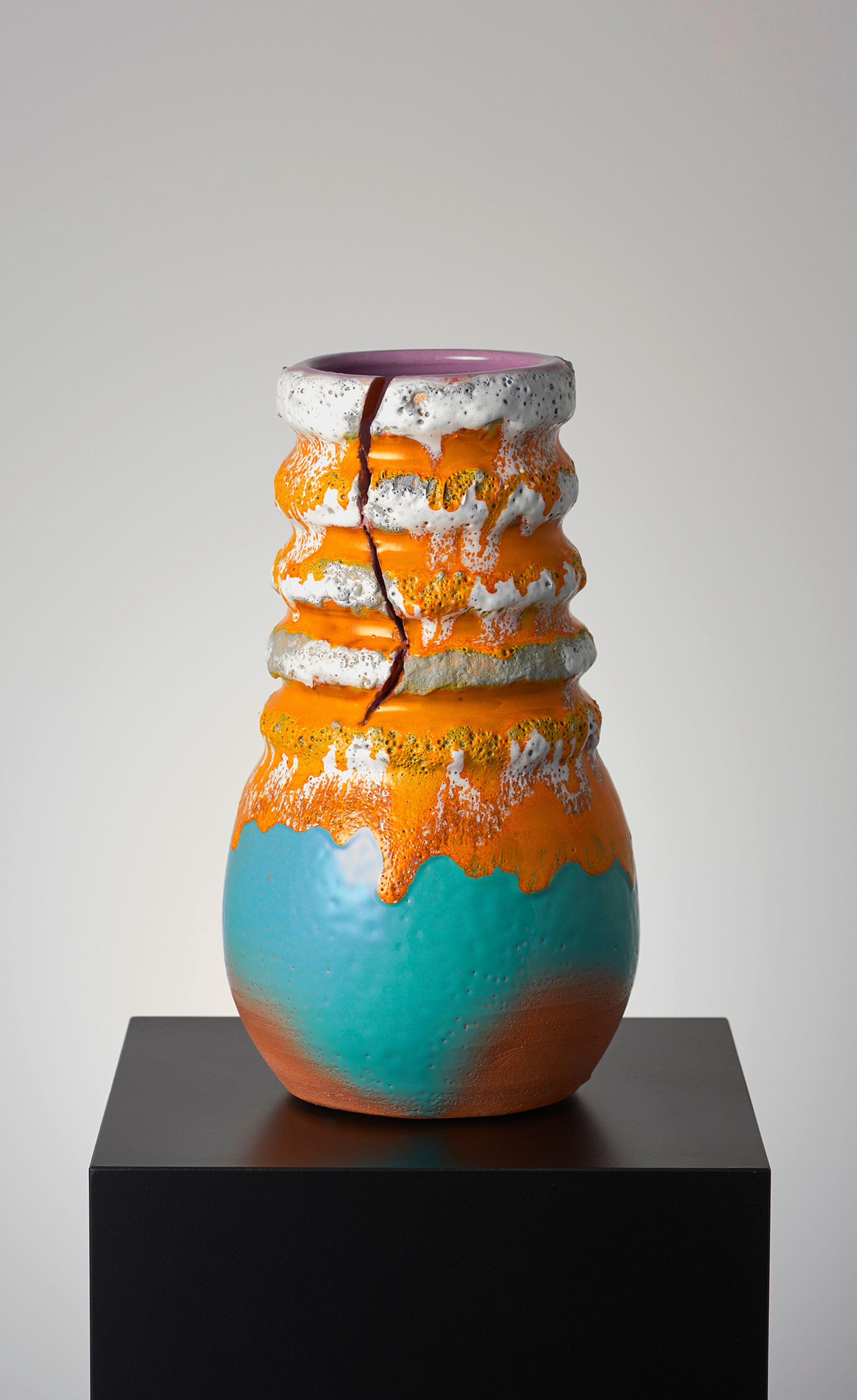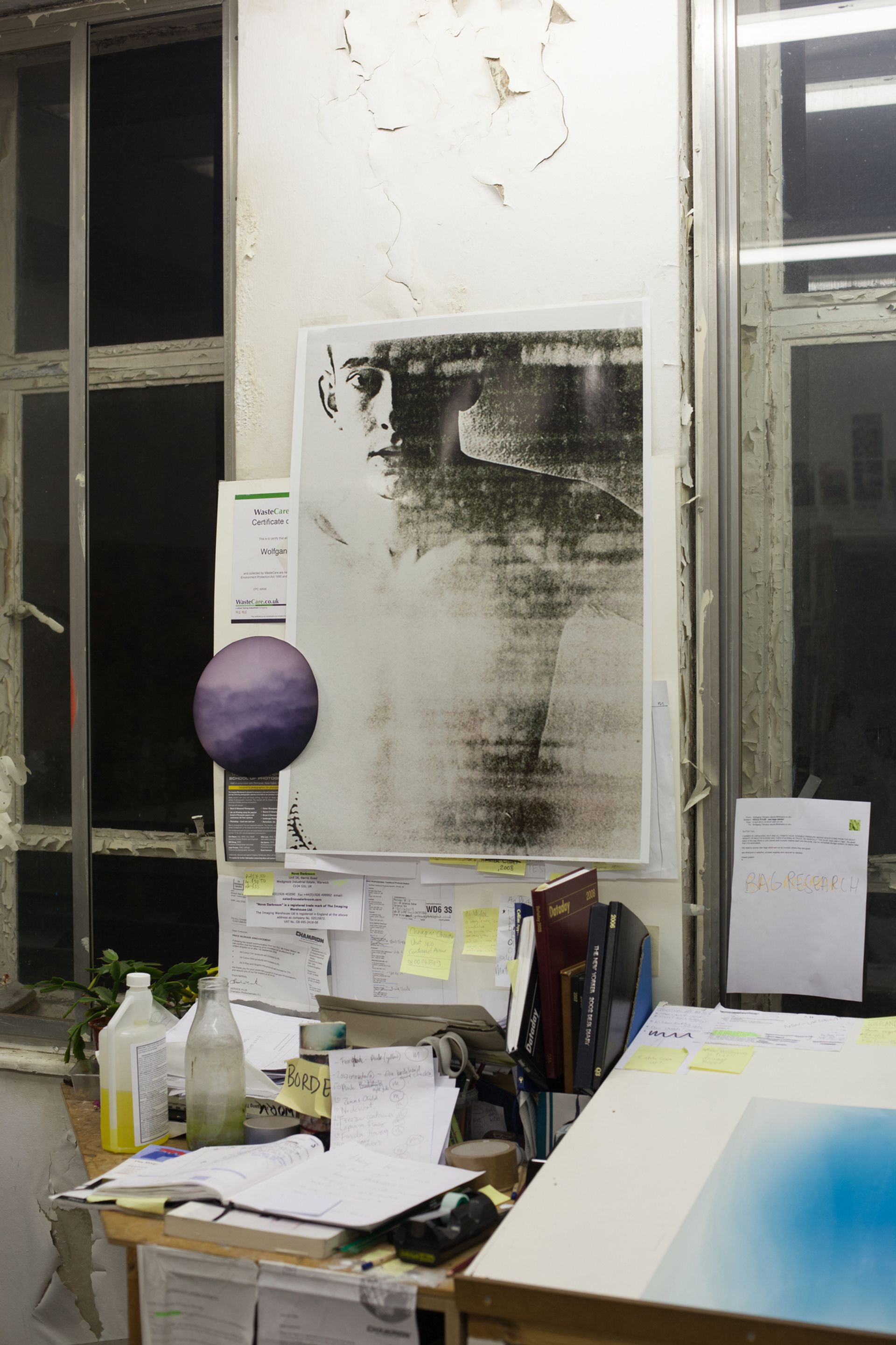Sandwiched between Art Brussels and Frieze New York, Berlin Gallery Weekend, which ended yesterday, 1 May, has always worked hard to attract international collectors to the German capital. The three-day event where more than 50 galleries coordinate their exhibition openings already struggles with a narrow local collector base. Now it will have to stave off competition from the prestigious Art Cologne fair, which is due to run on overlapping dates next year. But a recent slew of private museum openings—the Feuerle Collection, which opened last week in a disused bunker, is the latest example—may yet turn the capital into a city for collectors.
But as ever, Berlin’s biggest pull is its immense population of artists and seeing their works on home turf gives Gallery Weekend its unique appeal. Spanning the emerging and the established, the digital and the analogue, here are four key trends from this year’s 12th edition.
Guest curators

Galleries are increasingly turning to high-profile figures, especially artists, to organise their shows. In January, the Berlin gallery Contemporary Fine Arts invited the actress Nina Hoss (of Homeland fame) to curate a show on the German artist Christian Jankowski. Jankowski in turn is the first artist to be appointed curator of Manifesta, which will take place in Zurich next month (11 June-18 September).
Now, the German artist Tobias Rehberger has curated a jam-packed show at Neugerriemschneider. He asked more than 60 artists, students and colleagues who have influenced his practice to each contribute a work. Rehberger returned the favour by presenting them with an artfully-wrapped gift. Together, all the gifts are on show in the gallery; an excellent opportunity to see a plethora of works by heavy-weight artists such as Danh Vo, Liam Gillick and Isa Genzken in one place. Other exhibitions organised by guest curators at Gallery Weekend include In Germany: Reloaded at Kicken Berlin, in which the photographer and collector Wilhelm Schürmann revisits a seminal photography show from 1979; and an exhibition of works by the recently-deceased Photographer Michael Schmidt at Galerie Nordenhake, which was curated by Thomas Weski.
Post-internet art

Several exhibitions at Gallery Weekend are devoted to artists associated with post-internet art, although the term seems to be falling out of favour, as none of their representing galleries describe them as such. The shows serve as an apt prelude for two major new-media events: the forthcoming Berlin Biennale curated by the New York art collective Dis and the opening of Julia Stoschek’s Berlin branch of her private museum.
At Gallery Weekend, one of the most high-profile artists making heavy use of the internet, Ed Fornieles, has a much-talked about show at Arratia Beer. It tells a story of self-improvement in the digital age, complete with diet packs and food carts. But visitors should be advised to be on their best behaviour as live footage of them ambling around the exhibition is streamed live on the internet. Other shows by artists in a similar vein include Petra Cortright at Société and Aleksandra Domanovic at Tanya Leighton.
Ceramics

Two years ago, the painter and sculptor Anselm Reyle announced that he was retiring from the art world. The German artist–who at one point employed 50 assistants in his studio and was paying up to €800,000 a month on production–said that his rising costs caused his creativity to diminish. Now, Reyle is back but with an altogether more intimate medium: ceramics. His vast multi-coloured works are on show at Contemporary Fine Arts’ brand new outpost in West Berlin.
A few streets down, Galerie Max Hetzler is presenting porcelain works by the British artist and author of The Hare with Amber Eyes, Edmund de Waal. Spanning the gallery’s two spaces, the exhibition Irrkunst is a collaboration with the Walter Benjamin archive, which has provided numerous manuscripts by the writer, including a notebook in which he listed all the books he read from the age of 18. De Waal’s use of text and steel in the show marks a departure from his more characteristic works. Another artist at Gallery Weekend turning to pottery is Ghada Amer, who is best known for her embroidered canvases. Her exhibition at Kewenig Galerie brings together her ceramics with works in other mediums.
Photography

Germany is a country steeped in photographic history, so Berlin is an excellent place to discover the latest stars as well as historical greats. A major talking point at Gallery Weekend was Wolfgang Tillmans’ show at Galerie Buchholz, which presents a series of intimate photographs of the artist’s studio. It has been a popular subject throughout the history of art, tackled by artists from Velazquez to Rembrandt.
Plastered on the walls of the gallery’s entrance hall are Tillmans’ anti-“Brexit” posters, his campaign against Britain’s possible departure from the EU. Tate Modern director Chris Dercon, who is due to make his own “Brexit” next year when he leaves to take over Berlin’s Volksbühne, was spotted at the gallery. Other standout photography shows at Gallery Weekend included Christopher Williams at Capitain Petzel and Anne Collier at Galerie Neu.
• With additional reporting by Laurie Rojas

